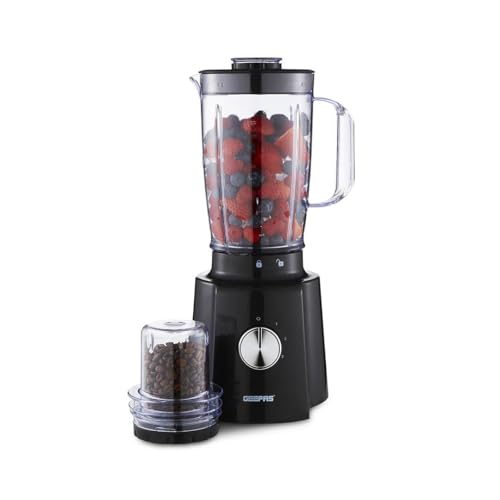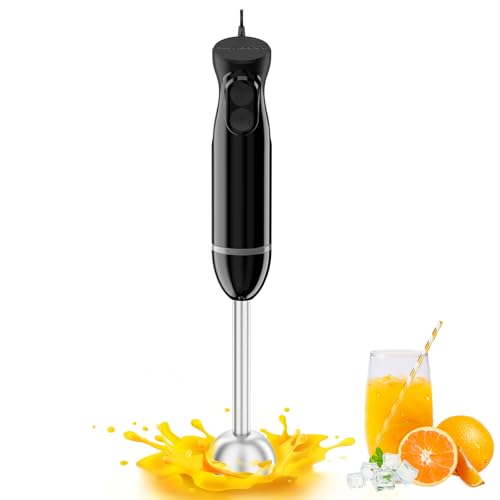Why Use a Blender to Make Pesto?
Pesto is a delicious and versatile sauce that is commonly used in Italian cuisine. Traditionally, pesto is made by hand using a mortar and pestle. However, using a blender can save you time and effort without sacrificing the flavor and texture of the sauce. In fact, using a blender allows you to achieve a smoother and more consistent texture, which can enhance the overall taste of your pesto.
Gather Your Ingredients
Before you start making pesto in a blender, it’s important to gather all the necessary ingredients. For a classic basil pesto, you will need the following:
- 2 cups of fresh basil leaves
- 1/2 cup of grated Parmesan cheese
- 1/4 cup of pine nuts
- 2 garlic cloves
- 1/2 cup of extra virgin olive oil
- Salt and pepper to taste
It’s worth noting that pesto is a versatile sauce, and you can customize the recipe to your liking by adding other ingredients such as sun-dried tomatoes, spinach, or even avocado.
Blend and Adjust Consistency
Once you have all the ingredients ready, it’s time to start blending. Place the basil leaves, Parmesan cheese, pine nuts, and garlic cloves in the blender. Secure the lid tightly.
Start by pulsing the blender a few times to break down the solid ingredients. Then, gradually pour in the olive oil while blending on low speed. You may need to stop and scrape down the sides of the blender with a spatula to ensure all the ingredients are fully incorporated.
If you find that the pesto is too thick, you can add a little more olive oil to achieve your desired consistency. Conversely, if the pesto is too runny, you can add more basil leaves or grated Parmesan cheese to thicken it.
Season to Taste
Once you have achieved the desired consistency, it’s time to season your pesto. Add salt and pepper to taste, and blend for a few more seconds to evenly distribute the seasoning. Keep in mind that both Parmesan cheese and pine nuts can be salty, so it’s important to taste the pesto before adding additional salt.
Feel free to experiment with other seasonings as well, such as lemon zest, red pepper flakes, or even a splash of balsamic vinegar. These additions can add depth and complexity to your pesto.
Store and Enjoy
Once your pesto is ready, transfer it to an airtight container and store it in the refrigerator. Pesto can be stored for up to a week, but make sure to cover the surface of the pesto with a layer of olive oil to prevent oxidation and preserve its vibrant green color.
Pesto is incredibly versatile and can be used in a variety of dishes. It can be spread on bread or crackers, tossed with pasta, used as a marinade for grilled vegetables or meats, or even incorporated into dressings and dips. Get creative and enjoy the delicious flavors of homemade pesto!



![Breville Blend Active Personal Blender & Smoothie Maker | 350W | 2 Portable Blend Active Bottles (600ml) | Leak Proof Lids | White & Green [VBL246]](https://m.media-amazon.com/images/I/51w25zJtbOL.jpg)


